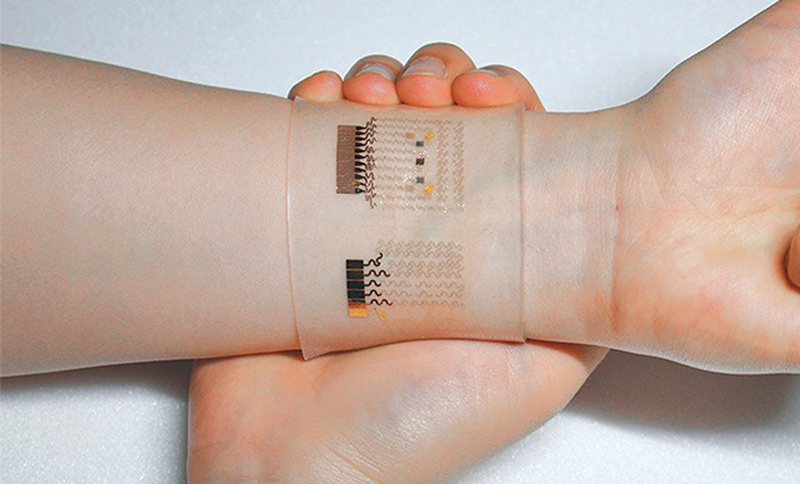Stress affects us in numerous ways. Affecting blood pressure and metabolism to immune response and memory, stress can lead to the development of chronic diseases.
Researchers are focusing on sweat as a way to detect stress levels. However, wearables that use sweat to detect stress normally track heart rate, temperature, and perspiration levels as markers for stress. But all of those markers can be affected by non-stress factors as well.
Read more UT-Dallas Researchers Develop Wearable Sensor That Monitors Sweat for Alcohol And Glucose Levels
Cortisol is our body’s main stress hormone. It works with certain parts of our brain to control our mood, motivation, and fear. Therefore, a change in the amount of cortisol produced by the body can be a better indicator of stress. Cortisol level goes up when a person is under physical or emotional strain.
That’s why its crucial for a wearable device to provide accurate and ongoing measurements of cortisol levels in order to detect stress levels.
Researchers at Stanford University have developed a wearable patch that can determine how much cortisol someone is producing in seconds, using sweat drawn from the skin under the patch, reports IEEE Spectrum.

The team, led by materials science and engineering associate professor Alberto Salleo and postdoctoral research fellow Onur Parlak, reported their findings in Science Advances.
The stretchable sensor collects sweat through perforations to a reservoir. Charged ions like sodium and potassium can pass through a membrane on top of the reservoir. Cortisol doesn’t possess any charge, and therefore cannot pass through and instead blocks the charged ions. Signals sent from an electrical sensor in the patch can be used to detect these backups and determine how much cortisol is in the sweat.
The prototype sensor was tested by Parlak on several runners. He said the cortisol levels detected by the wearable sensor patch matched those obtained by running samples of the runners’ sweat through an ELISA (enzyme-linked immunosorbent assay) test that takes several hours.
Read more This Wearable Device Wants You to Sweat So that It Can Monitor Your Health
“Sweat sensing is way tougher than conventional assays, where you can control pH or salinity,” said Jason Heikenfeld, a professor at the University of Cincinnati and cofounder of Eccrine Systems, a company also working on sweat sensors. “Both salinity and pH vary significantly in sweat—so much that any sensor that is sensitive to ions or pH will likely change signal more due to changes in ions or in pH than to cortisol. They will need more subjects, more data points, and tests continuously on-body for at least hours.”












